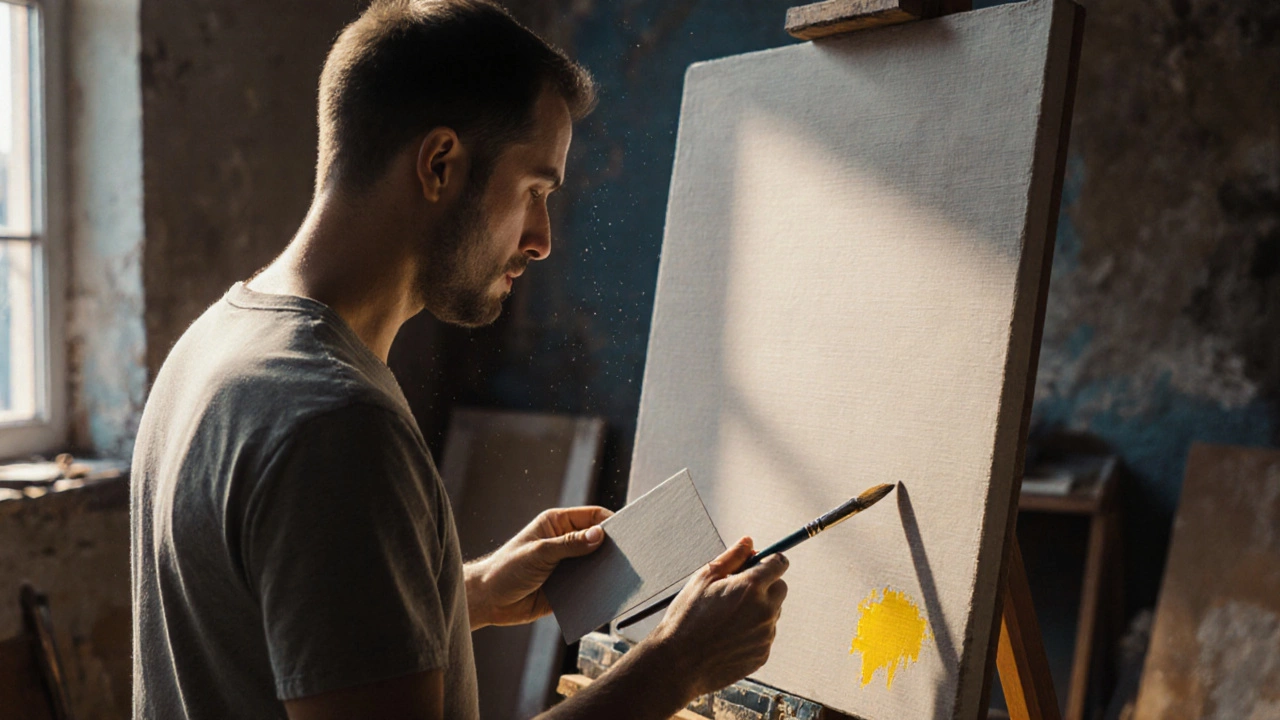Brighten Oil Painting: Easy Ways to Add Color and Life
When working with brighten oil painting, the goal is to lift dull tones and make colors pop without losing the medium's natural depth. Also known as enhance oil painting vibrancy, it often starts with mastering oil painting techniques, methods like glazing, scumbling, and impasto that affect surface texture and light and careful color mixing, blending pigments to achieve brighter hues while maintaining harmony. These core practices connect directly: better mixing supplies the palette for advanced techniques, and the techniques amplify the mixed colors' brightness.
Key Tools and Methods That Make Paint Shine
One of the fastest ways to brighten a piece is to introduce a palette knife for fresh, textured strokes that catch light differently than a brush. The knife can also lay down thin glazes of a high‑value tint, instantly lifting shadowed areas. Another game‑changer is the impasto approach: thickly applied paint not only adds physical dimension but also creates highlights where the paint’s peak reflects light. Combining these with a thin medium—like linseed oil or a modern synthetic—helps the colors stay luminous even after drying. When you mix a small amount of a bright complementary hue into the base color, you boost its perceived intensity without over‑saturation.
All of these ideas—palette knife work, impasto texture, smart color mixing, and proper mediums—form a toolbox that any oil painter can dip into to brighten oil painting results. Below you’ll find articles that walk through each technique step by step, share pro tips, and answer common questions, giving you a clear path to more vivid, eye‑catching artwork.
